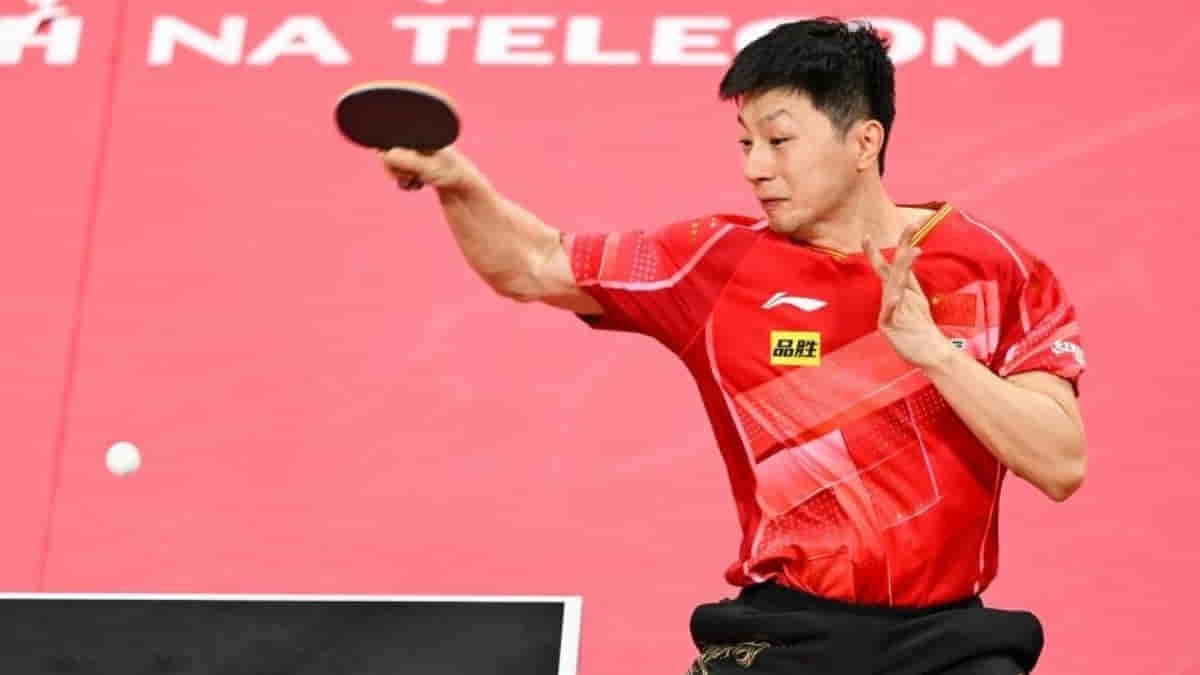The supremacy of China in table tennis is unmatched. The country has won Olympic medals from Atlanta in 1996 to Paris in 2024. They have won 37 gold medals out of 42 awarded in Olympic history of table tennis.
There are several factors that have contributed to the outright dominance of Chinese players in table tennis. From meticulous talent hunt to state-of-the-art infrastructure, the Chinese have always remained way ahead from the rest of the world.
In this article, we will try and understand the unparalleled powerhouse that is China in table tennis.
History of table tennis in China
Table tennis, widely known as ping-pong in China, is considered as their national sport. Introduced in the early 20th century, the sport gained prominance after the Communist revolution. Transcending beyond sport—it became a tool for diplomacy, a symbol of national pride, and a vehicle for international recognition.
The obsession of China in table tennis dates back to the 1950s, when Mao Zedong endorsed it as the perfect national sport: low-cost, space-efficient, accessible to all ages. Its compact size suited China’s urban constraints, and its minimal equipment needs made it an ideal mass participation sport during times of economic struggle.
In 1971, the U.S. table tennis team visited China in a landmark cultural exchange that helped thaw Cold War tensions. Suddenly, a table and two paddles became instruments of global influence.

System of scouting
The dominance of China in table tennis isn’t accidental—it’s engineered. Every stage of a Chinese table tennis player’s career is methodically planned and brutally competitive.
Scouting begins at kindergarten level, where coaches use basic coordination tests to identify raw talent. Children who pass are invited into specialized table tennis schools—institutions with grueling routines and single-minded focus.
From there, players ascend through city, provincial, and national training programs, each one narrowing the funnel. The best of each tier face off constantly. Out of millions who play, only six players (three men, three women) make the Olympic team.
Training to perfection
Chinese players are trained for long-term successes. Youngsters aren’t pushed to win early titles. Instead, they focus on perfecting fundamentals—grip, footwork, serve, and return. Only at the intermediate and advanced levels do tactics and psychological play enter the curriculum.
By the time they reach the national team, Chinese players are tactical monsters with no weaknesses. Coaches study every opponent, and training sessions are customized with surgical precision. Before major tournaments, players enter closed-door training camps, often lasting months.
World-class coaching
Champions retire, only to make new champions. This cycle of champions producing champions is the what makes China a beast in the world of table tennis. Liu Guoliang, a Grand Slam winner (Olympic, World Cup, and World Championship), who now leads the national team, is One of the most iconic examples.
These coaches are not just instructor develop game-changing strategies between sets. Chinese players are trained to adapt mid-match, flipping the script within minutes. The role of coaches in inculcation discipline within the players is enormous.
Also Read: World Table Tennis Championships Finals 2025: Will China Continue Its Dominance?
Infrastructure
It’s estimated that 300 million people in China play table tennis recreationally, and over 10 million take part in competitions of various levels. In some cities, there are more tables than tennis courts, swimming pools, or even basketball hoops. Thats the gigantic level of infrastructure that has been laid in China.
The Chinese have put in their heart, soul and money for their most beloved sport.































